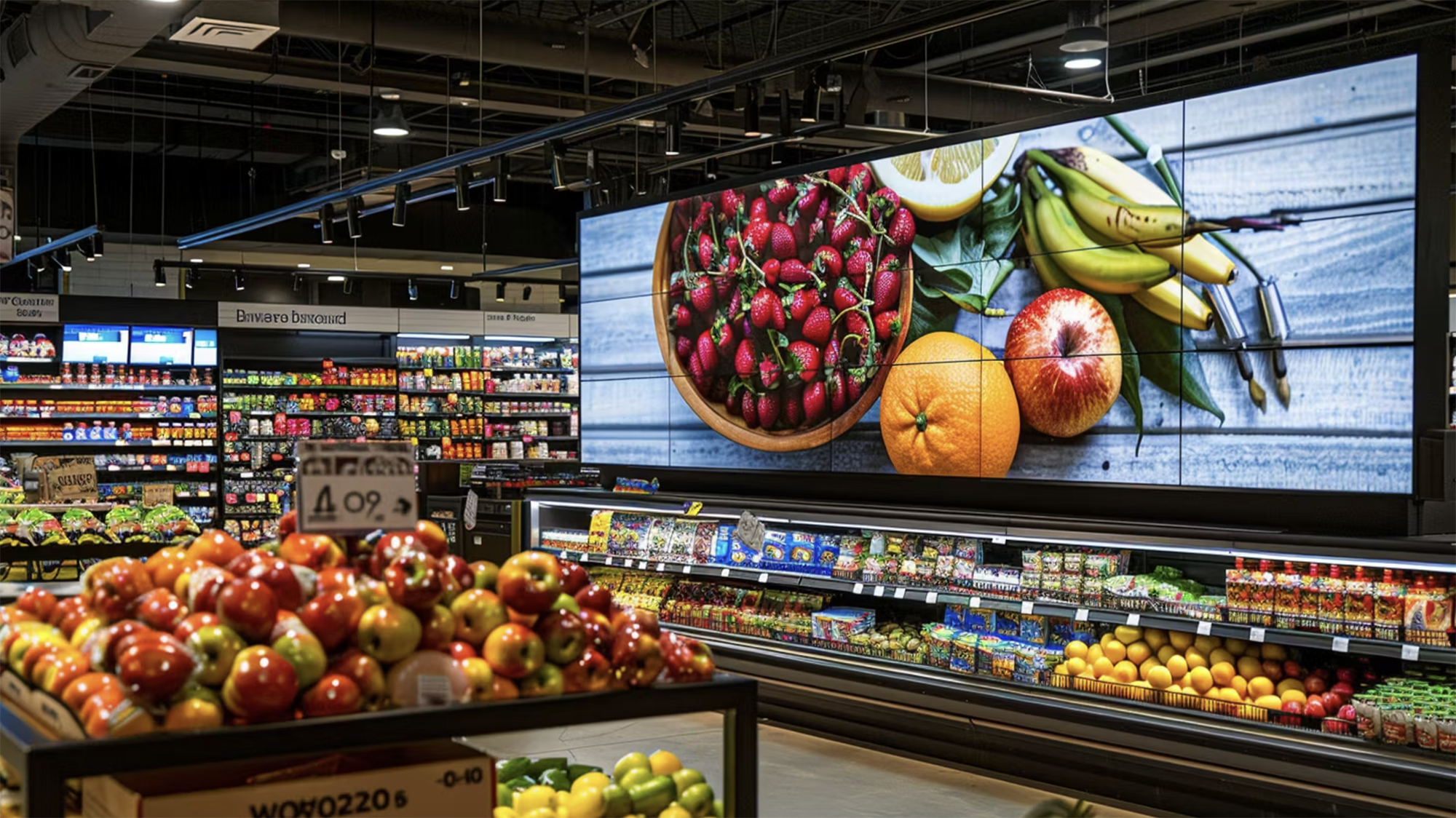AI in Grocery: Strategies for Unlocking $136 Billion by 2030 Through Enhanced Efficiency and Personalization
.jpg)
At a Glance
- Implementing AI in autonomous checkout can enhance efficiency and customer experience, but challenges like theft, costs, and technical issues must be addressed.
- AI is projected to unlock $136 billion in value by 2030, with $67.7 billion in supply chain/logistics and $25.7 billion in merchandising.
- AI-driven automation in inventory management cuts manual labor costs, enhancing warehouse efficiency.
- 77% of grocery shoppers find in-store checkout unfavorable, signaling a need for AI innovations.
- Dynamic pricing and demand forecasting improve profitability by adjusting prices based on real-time factors.
- Only 11% of grocers have personalized more than half the shopper journey, indicating room for AI adoption growth.
As artificial intelligence (AI) technology advances, grocers are poised to leverage its transformative power to enhance operational efficiency, customer experience, and overall profitability. This article delves into the market projections, anticipated benefits, challenges, and trends associated with AI adoption in this sector, highlighting the potential for grocers to stay competitive and meet evolving customer expectations.
Exploring Anticipated Trends
Future Projections by Market Analysts
AI is set to unlock $136 billion in value across the grocery sector by 2030, with the most significant impacts expected in supply chain and logistics ($67.7 billion) and merchandising ($25.7 billion). The technology’s ability to enhance operational efficiency and provide personalized customer experiences is crucial for future competitiveness, with 86% of grocery C-suite executives citing efficiency as the primary area of impact.
Market Expansions
AI-driven solutions offer regional grocers the opportunity to expand their market reach by optimizing operations and improving customer engagement. For instance, the integration of AI in dynamic pricing and personalized offers can help grocers attract and retain customers by responding to demand fluctuations and providing tailored shopping experiences.
Technological Research and Development Updates
Continuous advancements in AI technology, such as machine learning and deep learning, are driving significant improvements in generative AI capabilities. These technologies enable grocers to automate complex processes, enhance decision-making, and generate creative content that resonates with customers.
Potential Benefits
Enhanced Operational Efficiency
AI-driven automation of routine tasks, such as inventory management and order fulfillment, significantly boosts operational efficiency. Automated Storage and Retrieval Systems (AS/RS), conveyor systems, and robotic fulfillment centers streamline warehouse operations, reducing the time and cost associated with manual labor.
Shoppers' Perspective
Personalization is a critical component of the modern shopping experience. AI enables grocers to offer personalized promotions and tailored shopping recommendations, enhancing customer satisfaction and loyalty. With 86% of shoppers planning to utilize both online and in-store platforms, a seamless omnichannel experience is essential.
Data on Implementation Outcomes
Case studies have shown that AI-driven pricing strategies and demand forecasting lead to increased sales and improved profitability. For instance, dynamic pricing strategies allow supermarkets to adjust prices in real time based on demand, competitor pricing, and other factors, optimizing revenue streams and enhancing customer satisfaction.
Customer Satisfaction Reviews/Reports
Customer feedback indicates a strong preference for personalized shopping experiences and efficient service. 77% of grocery shoppers consider checkout processes the least favorable aspect of in-store shopping, highlighting the need for innovation in this area.
Increased Sales and Revenue Indicators
AI technologies, such as dynamic pricing and accurate demand forecasting, enable grocers to align prices with shopper expectations during peak demand periods, resulting in higher sales and improved profitability. These strategies also help grocers remain competitive by monitoring and adjusting to competitor pricing in real time.
Potential Challenges
Integration with Existing Systems
The complexity of integrating AI solutions with existing systems poses a significant challenge. Grocers must ensure seamless integration across various departments to maintain operational efficiency and meet customer demands.
Customer Privacy Issues
Protecting customer data is paramount in an era where data breaches and privacy concerns are prevalent. Grocers must adopt robust cybersecurity measures to safeguard sensitive information and maintain customer trust.
Customer Adoption Survey Results
Despite the benefits of AI, customer adoption can be slow due to privacy concerns and resistance to change. Surveys indicate that only 11% of grocers have managed to personalize more than half of the shopper journey, highlighting the gap between customer expectations and retail execution.
Technology Reliability
AI systems require regular maintenance and support to ensure reliability. Grocers need to address technical challenges promptly to minimize operational disruptions and maintain a high level of customer service.
Cost Effectiveness
Implementing AI technologies often involves significant initial investment. Grocers must carefully evaluate the financial implications and calculate the expected return on investment (ROI) to ensure the long-term viability and profitability of AI initiatives.
Expert Opinions on Cost Management
Industry experts emphasize the importance of a strategic framework for AI integration, focusing on business problems first and aligning appropriate technologies accordingly. This approach ensures that AI investments deliver value and meet organizational goals.
Resistance to Change Among Staff
Transitioning to AI-driven operations requires workforce adaptation to new technologies and processes. Effective communication and change management strategies are essential to manage employee morale and address concerns about job security.
Interviews with Industry Leaders
Insights from industry leaders highlight the potential of AI to revolutionize the grocery industry. For example, Shish Shridhar from Microsoft emphasizes the importance of aligning AI capabilities with business objectives to unlock growth opportunities and enhance operational efficiency.
Applied Real-World Change Management
Real-world examples of successful AI implementations demonstrate the importance of a comprehensive approach to change management. By focusing on specific areas, grocers can ensure successful AI integration and scalability.
Conclusion
The adoption of AI by grocers presents a wealth of opportunities and challenges. By leveraging AI technologies effectively, regional grocers can enhance operational efficiency, improve customer experiences, and achieve significant growth. Addressing the challenges proactively will be key to unlocking the full potential of AI in this sector.


.png)





.png)


